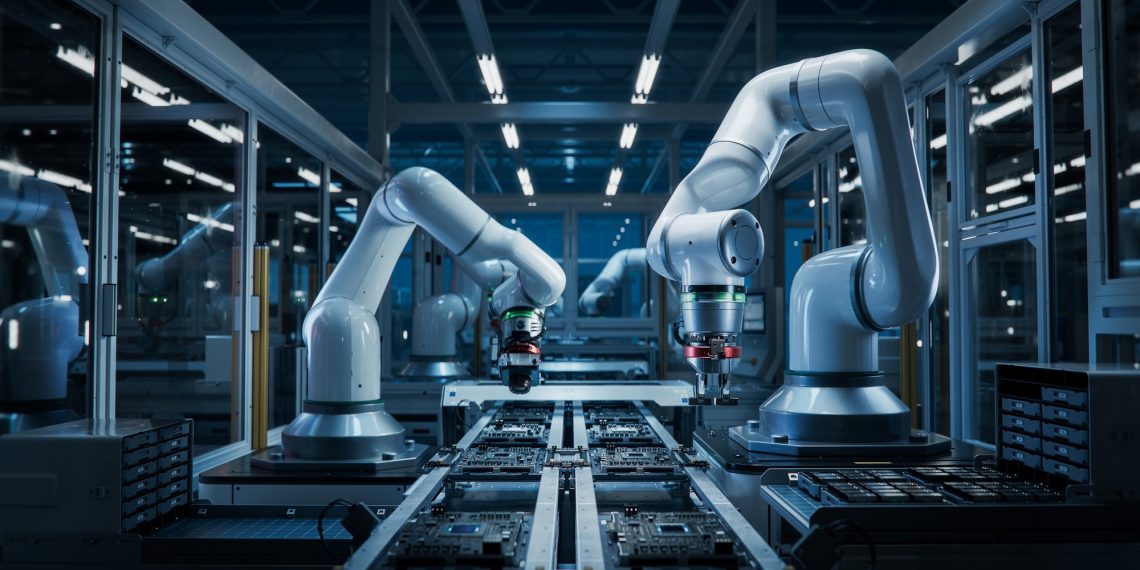Audi has improved car body quality and production efficiency by implementing AI-powered automation based on Siemens’ technology. Using customer-trained algorithms and high-resolution imaging, Audi now automates the detection and removal of weld spatter on vehicle bodies, reducing manual inspection and rework.
Siemens’ virtual controller, Simatic S7-1500V, enables Audi to virtualize and centralize control of shop floor operations. This approach merges IT and operational technology, creating a flexible and agile manufacturing environment. By deploying software-defined automation, Audi can quickly adjust production lines to meet changing market demands, streamline processes, and enhance safety standards. The virtual PLC is hardware-independent, integrates with existing cloud infrastructure, and is TÜV-certified for fail-safe operation, eliminating the need for specialized safety hardware.
With Siemens’ Industrial AI Suite and edge computing devices, Audi conducts real-time AI-based quality checks, increasing production speed and improving workplace safety. For example, automated weld inspection minimizes errors and ensures consistent product quality without slowing down assembly lines.
These technologies offer several business benefits:
– Automation reduces operational costs and frees up employees for higher-value tasks.
– Enhanced data analysis from AI systems leads to better decision-making and accurate demand forecasting.
– Centralized, virtualized control enables rapid scaling and adaptation of manufacturing lines.
– Predictive AI-driven maintenance and inspection minimize downtime and extend equipment life.
– Improved quality control increases customer satisfaction and reduces warranty claims.
By adopting software-defined automation and AI, manufacturers like Audi can remain competitive, respond faster to market changes, and ensure high standards of safety and quality in their operations.









